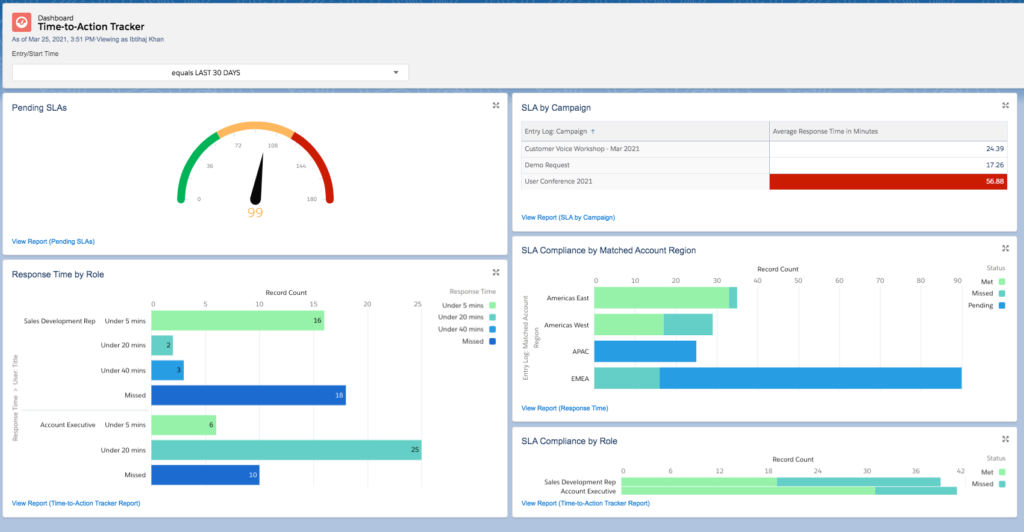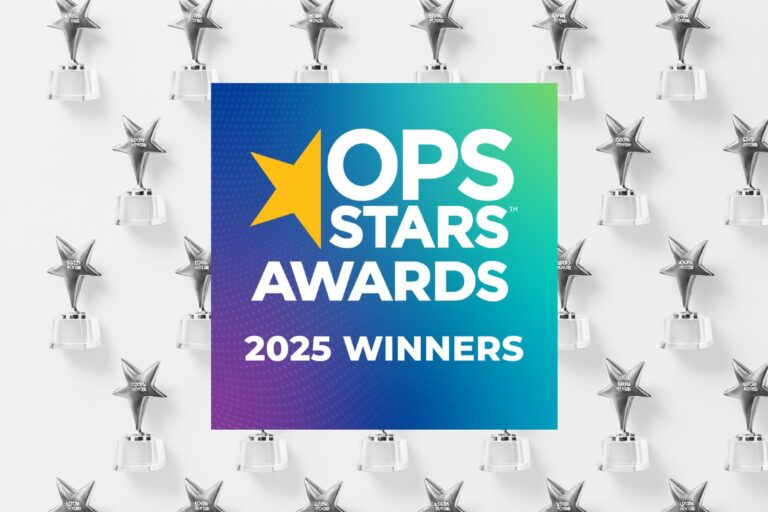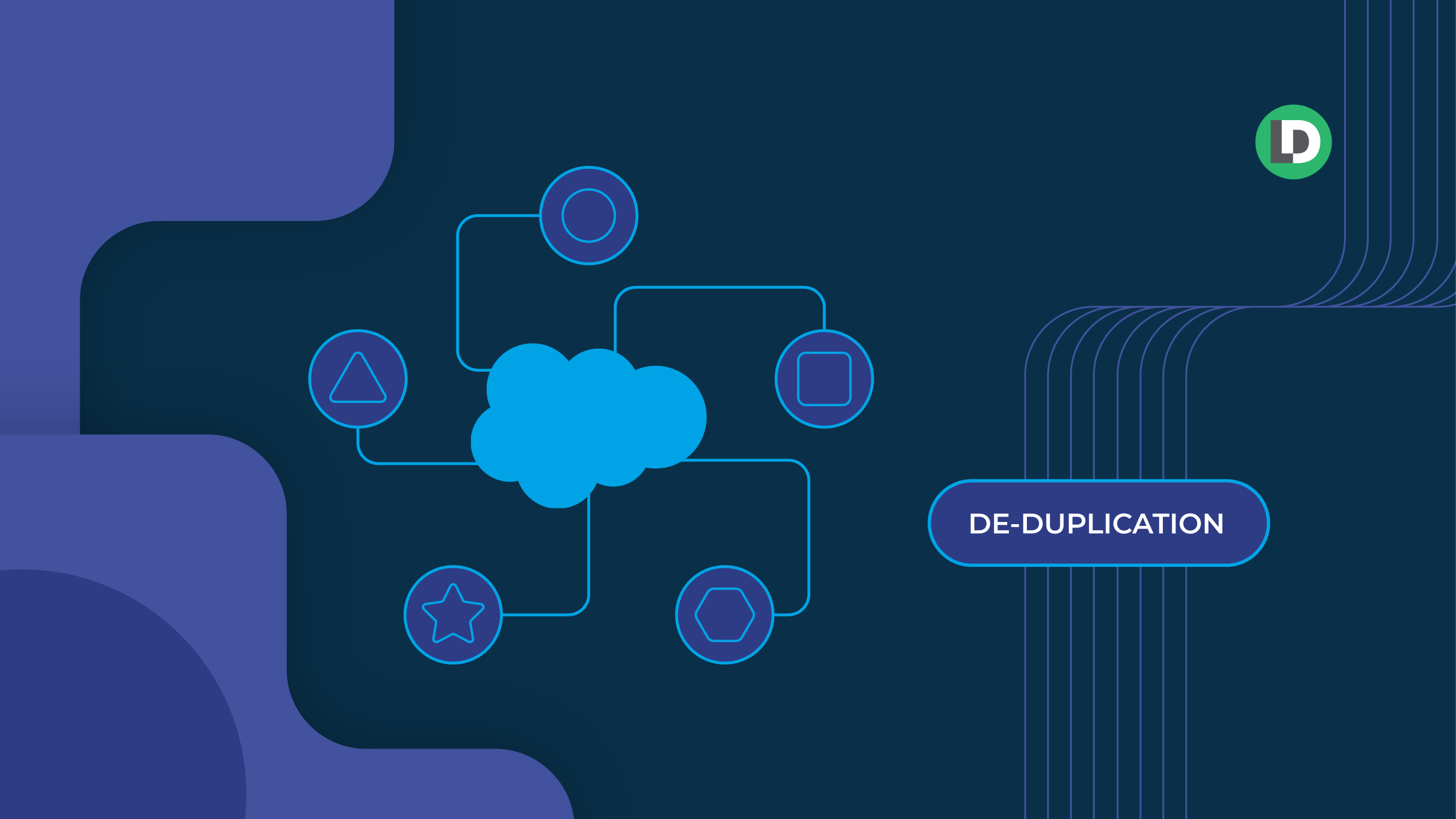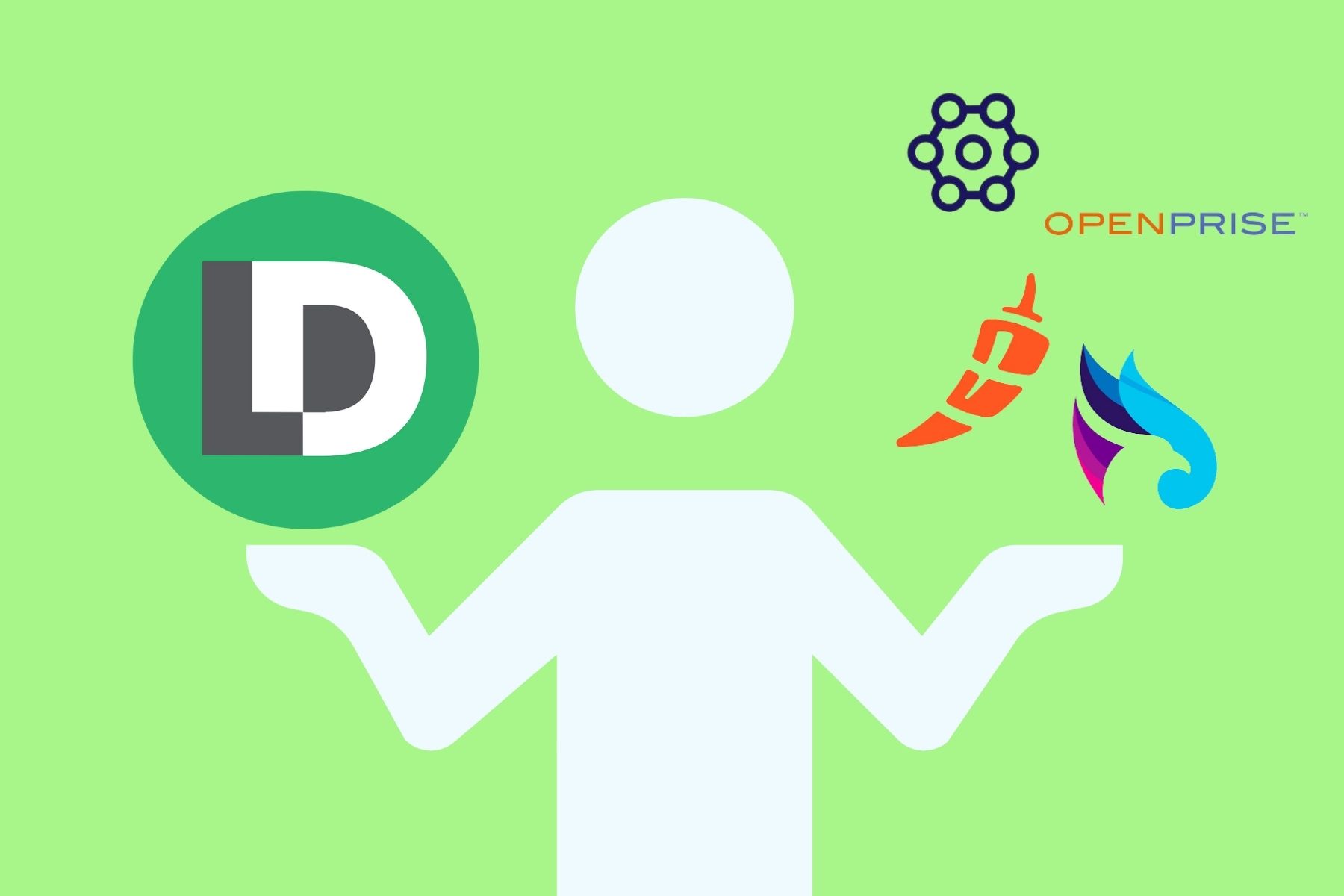In go-to-market (GTM) motions, it’s essential to continuously improve conversion rates. However, the definition of conversion is sometimes difficult to agree upon, as it very much differs based on the perspective of those personas involved in GTM strategies.
How Sales Leaders Look at Conversion Rates
Sales leaders tend to look at conversion metrics at the latter stages of the buyer’s journey. For example, Sales leaders might look at conversion as the percentage of sales development representative (SDR) conversations that resulted in a meeting. Or they will consider the percentage of targeted ABM accounts that have moved into closed/won status. Most often, the attention of Sales is focused on closing deals, thus marking the conversion of leads into customers.
How Marketing Evaluates Conversion Rates
Conversely, Marketing tends to evaluate conversion in the initial stages of the buyer’s journey. Marketing will calculate conversion percentages on a variety of activities and digital assets, including websites, display and PPC adverts, landing pages, emails and more.
However many activities to measure, the bare essence in all Marketing use cases is this: Conversion occurs when someone responds to a call-to-action (CTA). Marketing wants to acquire as many qualified leads as possible and have Sales follow up with them appropriately. Ultimately, of course, Marketing wants Sales to convert those leads into closed/won customers.

This post provides an overview of how B2B marketers can improve conversion rates with service level agreements (SLAs).
A Marketer’s Dilemma
Marketing should carry P&L accountabilities, and savvy CMOs track several high-level metrics to measure the effectiveness of Marketing initiatives, including:
- Customer acquisition cost
- Customer lifetime value
- Annual revenue per user
- Payback period
- Gross profit per user
Those are some of the high-level “whats,” but they tend to be short on the “hows.”
Conversion, of course, is a bit of both. If all things, like Marketing budget, stay the same, you’ll want to increase your conversion (the how) to positively impact higher-level metrics (the what).
Marketing departments spend a lot of time and money to identify leads and generate demand. However, they need to convert to show demonstrable return on investment (ROI). SLAs help do just that.
What is a Service Level Agreement (SLA)?
In the context of revenue teams and GTM motions, an SLA is a contract between two departments that defines how Sales will respond to Marketing-generated leads. The ultimate goal in establishing an SLA is to achieve higher conversion.

SLA agreements are usually multi-directional between Sales and Marketing. They detail marketing goals, like the number of leads generated or pipeline built, as well as the timing of sales activities, like the engagement of leads that were qualified by the marketing team. An SLA agreement is built on specific, quantifiable goals, and documents the commitment of each functional group to support one another and drive toward overall revenue goal attainment.
Inbound Leads do not Share the Same Time Sensitivity
Your company’s lead response time, or “speed to lead” is absolutely critical to driving lead conversion! Consider the following:
- 78 percent of customers buy from the company that responds to their inquiry first (Lead Connect)
- You are 7x more likely to qualify a lead when reaching out within an hour as opposed to just one hour later (Harvard Business Review)
- Only 7 percent of companies respond to leads within five minutes, while 55 percent of companies respond in five or more days (Drift)
However, not all inbound leads are equal in priority. A demo request, for example, is about as hot a lead as it gets. Your team needs to respond in minutes – in fact, best practice is a five-minute or less response time. By responding quickly you have a greater chance of catching the buyer before they connect with your competitor.

Conversely, if a site visitor downloads a white paper you have two SLAs. First and foremost, the download should be immediate, providing a great user experience, and coupled with an immediate email thanking them for the download. Further follow up, however, should be measured, as you want to give your new lead an opportunity to read the downloaded material.
Perhaps your processes place the lead in a Marketing nurture program and a SLA is established to email the lead a related piece of content eight days hence. Or, perhaps your process prompts follow up by a SDR, with a SLA of three to four days after the download.
Handling Marketing Qualified Leads
Marketing-qualified leads (MQLs) are prospects who the Marketing team considers to be likely to convert into buying customers. A lead progresses to MQL status through lead intelligence, and involves both a lead’s demographics as well as behavior.
For example, if a C-suite executive of a Fortune 500 company registers for one of your company’s webinars, her job title and company affiliation alone may warrant her to be considered a MQL, and Marketing will forward the lead to Sales for follow up. More frequently, a MQL status is determined by an aggregate score of a prospect’s behavior, such as a series of downloads, event registrations and website visits. Once a MQL threshold score is met, Marketing forwards the lead to Sales for follow up.
MQLs are warm leads, considered by Marketing to be on the very verge of hot. Sometimes, it’s taken a lot of effort to warm a lead all the way up to MQL status. Marketing wants to ensure they’re followed up with appropriately.
Learn how LeanData manages SLAs in the interactive tour below. 🔽
Using SLAs to Increase Conversion
Your lead response time is a function of the following equation:
Lead Response Time = Lead Processing Time + Representative Response Time
Lead processing time is dependent on your GTM routing process. If you utilize a manual routing process, you might already be behind the proverbial eight ball if you have any meaningful level of inbound leads. In the above example of a demo request, you’ll never meet a five-minute benchmark in reaching out to the lead if it takes an hour or more to route it to the appropriate representative. Anything that diverts attention – from other activities to office hours, lunch breaks and vacations – can be a GTM killer in manual processes.
Automation to the Rescue
Lead routing automation is a natural solution to the bottlenecks experienced by time-consuming manual processes. In the LeanData routing solution, “edge priority” features give priority to routing predefined leads – like demo requests. Additionally, integrations with instant messaging tools like Slack provide an immediate notification to the rep of a newly routed priority lead.
SLAs come into play after the lead has been routed to the correct representative. Once a lead has been brought to a representative’s attention, they then have a defined and agreed upon time parameter in which to follow up. These will differ, of course, based on the priorities you have established. Keep in mind though, different lead response times for different leads can be very confusing to manage in manual processes, particularly if the GTM motion is complex.
Again, automation saves the day. With automated solutions, operations personnel can set up motions that automatically provide follow up reminders and/or reroute leads if SLAs aren’t being met.
In LeanData Routing, administrators use “Hold Until” nodes in their process graphs, holding a lead until certain conditions are met, such as the lead status being changed or, directly related to SLAs, a defined time limit has elapsed.

When time limits have expired, automated solutions reroute leads to other representatives, complete with notifications to both the representative and the manager, for immediate follow up. LeanData Routing also allows for the reporting of SLA compliance, helping management identify potential workload balancing issues and/or performance coaching opportunities.
Improving Conversion Rates Matters
No GTM motion is complete, or successful, without conversion of prospects to customers, and when it comes to conversion, speed to lead is key.
Part of your speed to lead is processing, and automation tools can greatly improve your efficiency in that regard. Then, once leads have been routed, enforcing SLA compliance ensures your Sales team meets its internal targets for lead response time. Automation tools also help here, not only in the execution, but in the reporting of results and the creation of dashboards for real-time monitoring and continuous improvement.











